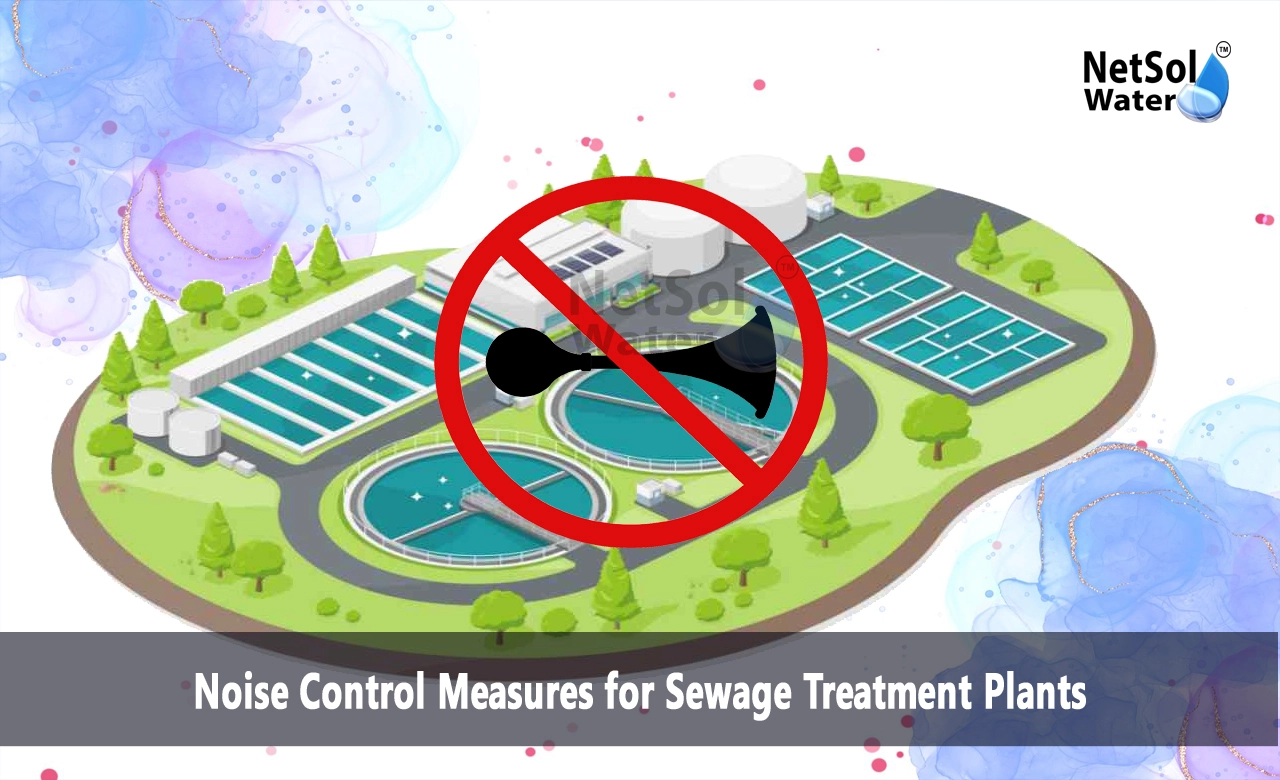Noise Control Measures for Sewage Treatment Plants
Sewage treatment plants are really important for keeping our environment clean. They clean up wastewater before it goes back into rivers and oceans. But sometimes, these plants make a lot of noise, which can bother the people living nearby and the workers there.
Too much noise isn't just annoying; it can make people feel stressed, mess up their sleep, and even hurt their ears. It can also cause problems for animals and plants in the area.
To fix this problem, sewage treatment plants need to find ways to make less noise. In this blog, we'll talk about different ways they can do that.
Understanding Noise Sources
In sewage treatment plants, noise can come from different things like pumps, blowers, and other machines. These noises can be grouped into three types:
Continuous noise sources: These are sources that generate noise continuously, such as pumps and blowers. The noise from these sources can be steady or fluctuating, depending on the operational conditions.
Intermittent noise sources: These are sources that generate noise intermittently, such as valves opening and closing, motors starting and stopping, and equipment being loaded or unloaded.
Impulsive noise sources: These are sources that generate short-duration, high-intensity noise, such as compressor exhaust and pressure relief valves.
Understanding the nature and characteristics of these noise sources is essential for developing effective noise control strategies.
Noise Control Measures
Several noise control measures can be implemented in sewage treatment plants to reduce the impact of noise pollution. These measures can be categorized into three main approaches: source control, path control, and receiver control.
Source Control Measures:
Equipment selection: Choosing equipment that produces lower noise levels can significantly reduce noise at the source. This can be achieved by specifying low-noise equipment during the procurement process or retrofitting existing equipment with noise-reducing components.
Equipment maintenance: Regular maintenance of equipment can help minimize noise levels. Proper lubrication, replacement of worn-out parts, and alignment of rotating components can reduce vibrations and associated noise.
Enclosures and barriers: Enclosing noisy equipment or installing barriers around them can help contain noise at the source. Enclosures can be made of materials that absorb sound, while barriers can be constructed using dense materials like concrete or earth berms.
Path Control Measures:
Silencers and mufflers: Installing silencers or mufflers on exhaust systems, intake air ducts, and other openings can significantly reduce noise propagation along the path from the source to the receiver.
Acoustic insulation: Applying acoustic insulation to surfaces, such as walls, floors, and ceilings, can help absorb sound energy and prevent noise from traveling through these surfaces.
Noise barriers: Constructing noise barriers, such as walls or berms, along the path between the noise source and the receiver can effectively block and deflect noise propagation.
Receiver Control Measures:
Providing proper gear: Giving workers the right protective gear like earmuffs or earplugs can keep them safe from too much noise.
Zoning for noise: Splitting the plant into sections with different noise levels can help keep loud areas away from quieter ones. This makes it better for workers and the nearby community.
Talking to the community: Keeping in touch with the people living nearby, listening to their worries, and finding ways to make less noise can make relations better and decrease complaints.
Putting Plans into Action
Making noise control work isn't a one-time thing; it needs to keep going with monitoring and changes. Here are some important steps:
Noise mapping: Look at where the noise comes from in the plant and how loud it is. This helps pick the right ways to control it.
Following rules: Make sure the noise control plans follow the laws about noise and keeping workers safe.
Checking and adjusting: Keep an eye on how loud it is in different parts of the plant and nearby areas. If needed, change things to make less noise.
Teaching and knowing: Teach workers about noise and how to stay safe. Make sure they understand why it's important to control noise and how they can help.
Conclusion
Implementing good ways to control noise in sewage treatment plants is very important. It helps protect the environment and makes sure the workers in the plant and the people living nearby stay safe and healthy. It also helps keep good relationships with the community.
To reduce noise, sewage treatment plants need to understand where it comes from. They can do this by using different methods to control noise at the source, along its path, and where people are affected.
Reducing noise isn't something that happens once and is done. It needs ongoing work and cooperation between the plant workers, engineers, government regulators, and the local community. By making noise control a priority and working together, sewage treatment plants show they care about the environment and the people around them.
Do you need an advice or assistance on selecting the best water and waste water treatment unit? We have solutions for all your problems!
Let us now your problem, our experts will make sure that it goes away.
For an assistance or related query,
Call on +91-965-060-8473 Or write us at enquiry@netsolwater.com



